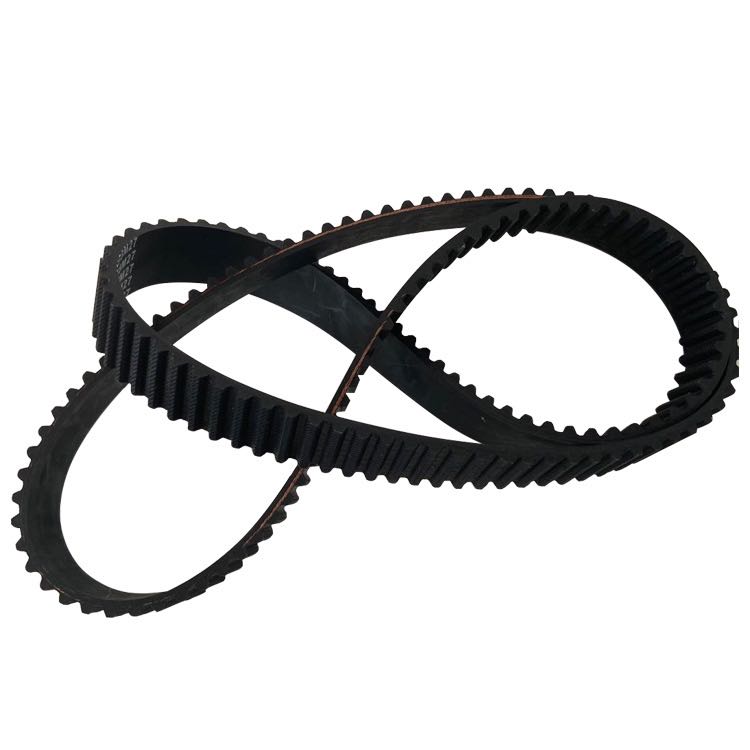- Arabic
- French
- Russian
- Spanish
- Portuguese
- Turkish
- Armenian
- English
- Albanian
- Amharic
- Azerbaijani
- Basque
- Belarusian
- Bengali
- Bosnian
- Bulgarian
- Catalan
- Cebuano
- Corsican
- Croatian
- Czech
- Danish
- Dutch
- Afrikaans
- Esperanto
- Estonian
- Finnish
- Frisian
- Galician
- Georgian
- German
- Greek
- Gujarati
- Haitian Creole
- hausa
- hawaiian
- Hebrew
- Hindi
- Miao
- Hungarian
- Icelandic
- igbo
- Indonesian
- irish
- Italian
- Japanese
- Javanese
- Kannada
- kazakh
- Khmer
- Rwandese
- Korean
- Kurdish
- Kyrgyz
- Lao
- Latin
- Latvian
- Lithuanian
- Luxembourgish
- Macedonian
- Malgashi
- Malay
- Malayalam
- Maltese
- Maori
- Marathi
- Mongolian
- Myanmar
- Nepali
- Norwegian
- Norwegian
- Occitan
- Pashto
- Persian
- Polish
- Punjabi
- Romanian
- Samoan
- Scottish Gaelic
- Serbian
- Sesotho
- Shona
- Sindhi
- Sinhala
- Slovak
- Slovenian
- Somali
- Sundanese
- Swahili
- Swedish
- Tagalog
- Tajik
- Tamil
- Tatar
- Telugu
- Thai
- Turkmen
- Ukrainian
- Urdu
- Uighur
- Uzbek
- Vietnamese
- Welsh
- Bantu
- Yiddish
- Yoruba
- Zulu
Sep . 16, 2024 02:53 Back to list
differenet kinds v belt
Different Kinds of V-Belts A Comprehensive Overview
V-belts are ubiquitous components in machinery and industrial applications, performing a critical role in power transmission. Their design, characterized by a trapezoidal cross-section, allows them to fit snugly into pulleys, providing effective grip and reducing slippage. Over the years, various types of V-belts have been developed to meet specific operational needs, materials, and performance requirements. Understanding the different kinds of V-belts is essential for selecting the right one for a particular application.
1. Classical V-Belts
Classical V-belts are the most common type found in a wide range of applications. They are usually made from rubber or a rubber compound, featuring a standard cross-section, typically available in A, B, C, and D sections. Their versatility makes them a preferred choice in agricultural machinery, automotive engines, and general industrial machinery. These belts are suitable for light to moderate loads and are valued for their reliability and ease of replacement.
Narrow V-belts, or “Wedge” belts, have a narrower cross-section compared to classical V-belts. Their design allows for greater power transmission efficiency and reduced space requirements. They are ideal for high-speed applications and are commonly found in automotive applications and compact machinery. Narrow V-belts require precise alignment and tensioning to function optimally but can greatly enhance performance in the right conditions.
3. Cogged V-Belts
differenet kinds v belt

Cogged V-belts are designed with notches or “cogs” that allow for greater flexibility and improved airflow around the belt. This design reduces heat buildup and enhances grip, making them suitable for high-performance applications. They are often used in HVAC systems, agricultural machinery, and equipment where reduced slippage and increased efficiency are vital. Cogged V-belts contribute to lower noise levels and longer service life.
4. Poly-V Belts
Poly-V belts differ significantly from traditional V-belts, featuring a series of small ribs or “V’s” on their underside. This design provides a larger surface area for contact with the pulleys, leading to improved power transmission and reduced slippage. Poly-V belts excel in applications requiring compact designs and are widely used in automotive accessory drives, washing machines, and other modern equipment where space saving and efficiency are paramount.
5. Timing Belts
Although not a conventional V-belt, timing belts deserve mention due to their unique applications. These belts have teeth that fit into corresponding grooves on pulleys, ensuring precise timing and synchronization between components. They are commonly found in automotive timing systems and can drive various machinery where accurate transmission is crucial.
In conclusion, understanding the different types of V-belts is essential for anyone involved in machinery maintenance or design. Each type has its specific advantages and applications, enabling engineers and technicians to select the most suitable option based on the operational requirements and environmental conditions. By choosing the right V-belt, one can ensure optimal performance, reliability, and longevity of equipment.
-
Korean Auto Parts Timing Belt 24312-37500 For Hyundai/Kia
NewsMar.07,2025
-
7PK2300 90916-T2024 RIBBED BELT POLY V BELT PK BELT
NewsMar.07,2025
-
Chinese Auto Belt Factory 310-2M-22 For BMW/Mercedes-Benz
NewsMar.07,2025
-
Chinese Auto Belt Factory 310-2M-22 For BMW/Mercedes-Benz
NewsMar.07,2025
-
90916-02660 PK Belt 6PK1680 For Toyota
NewsMar.07,2025
-
drive belt serpentine belt
NewsMar.07,2025

